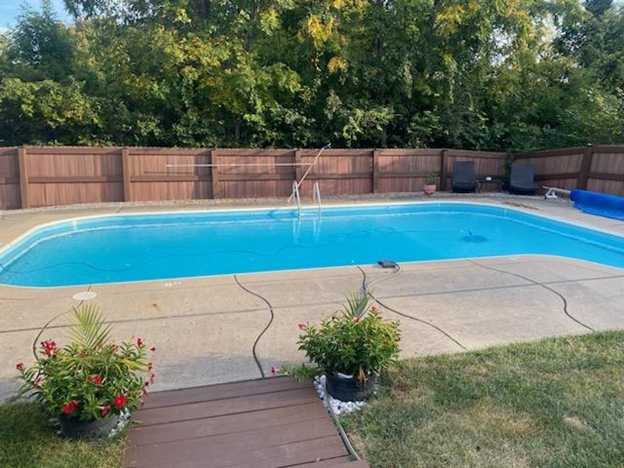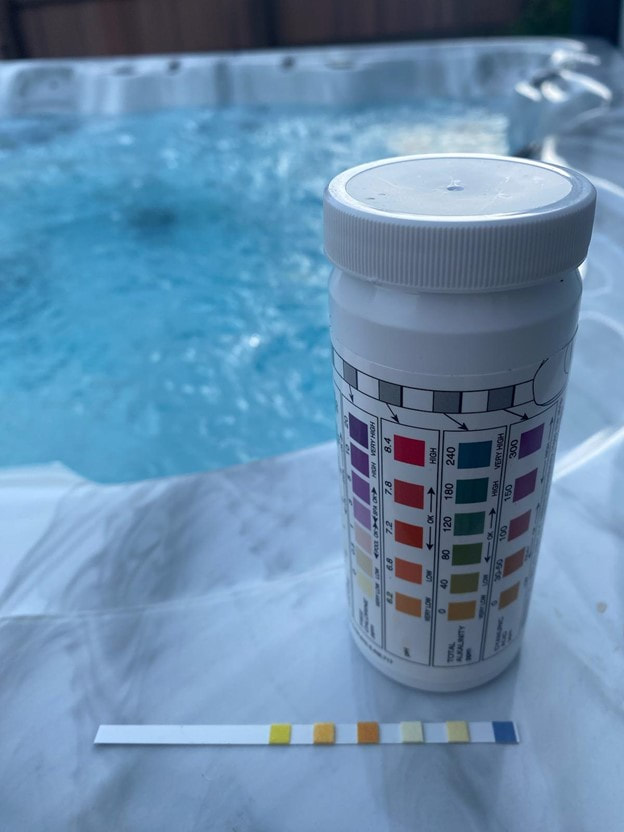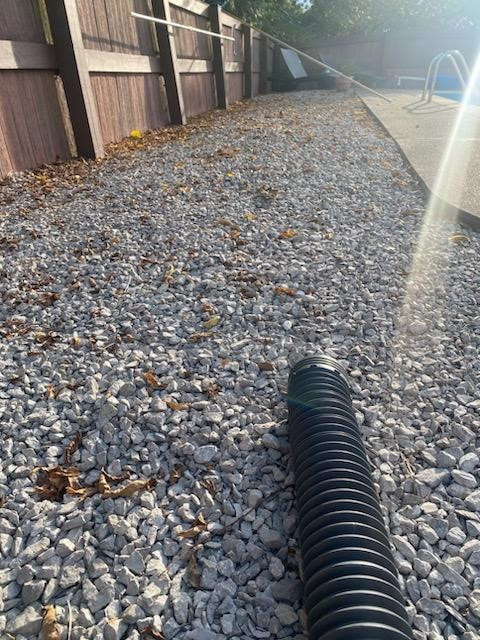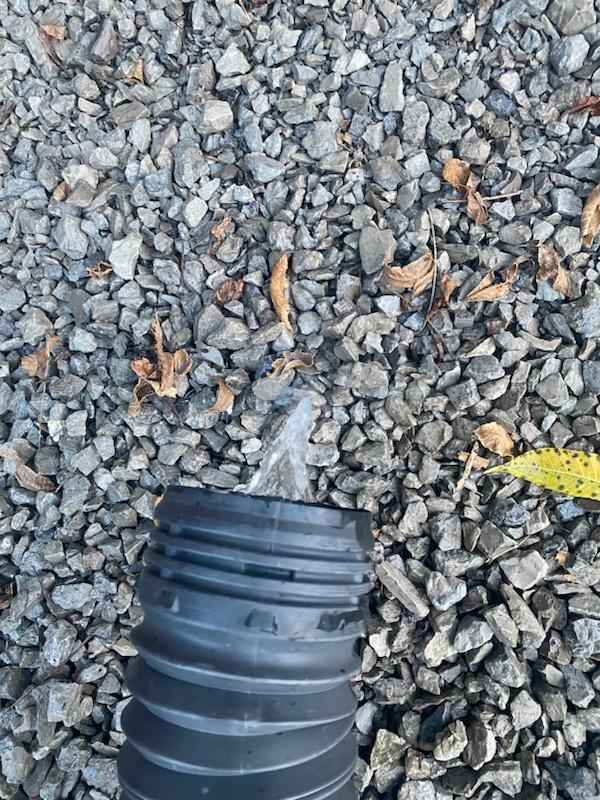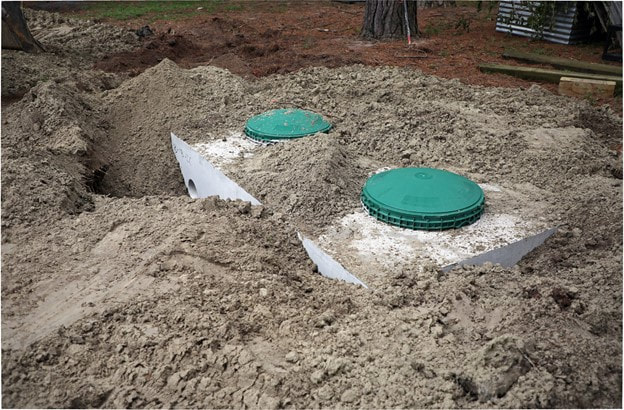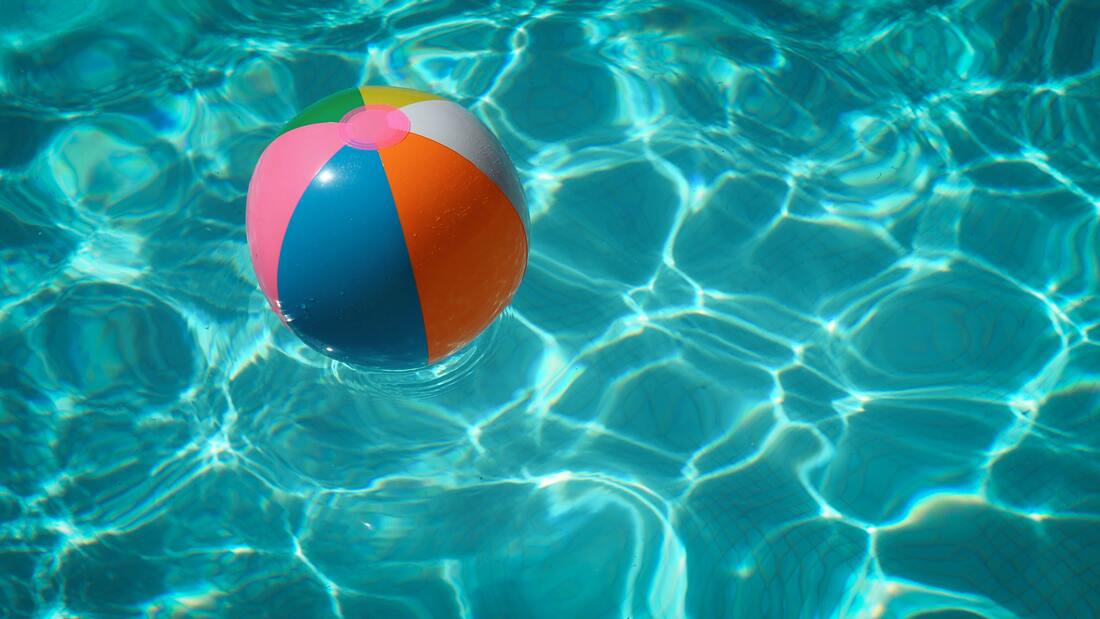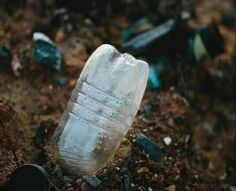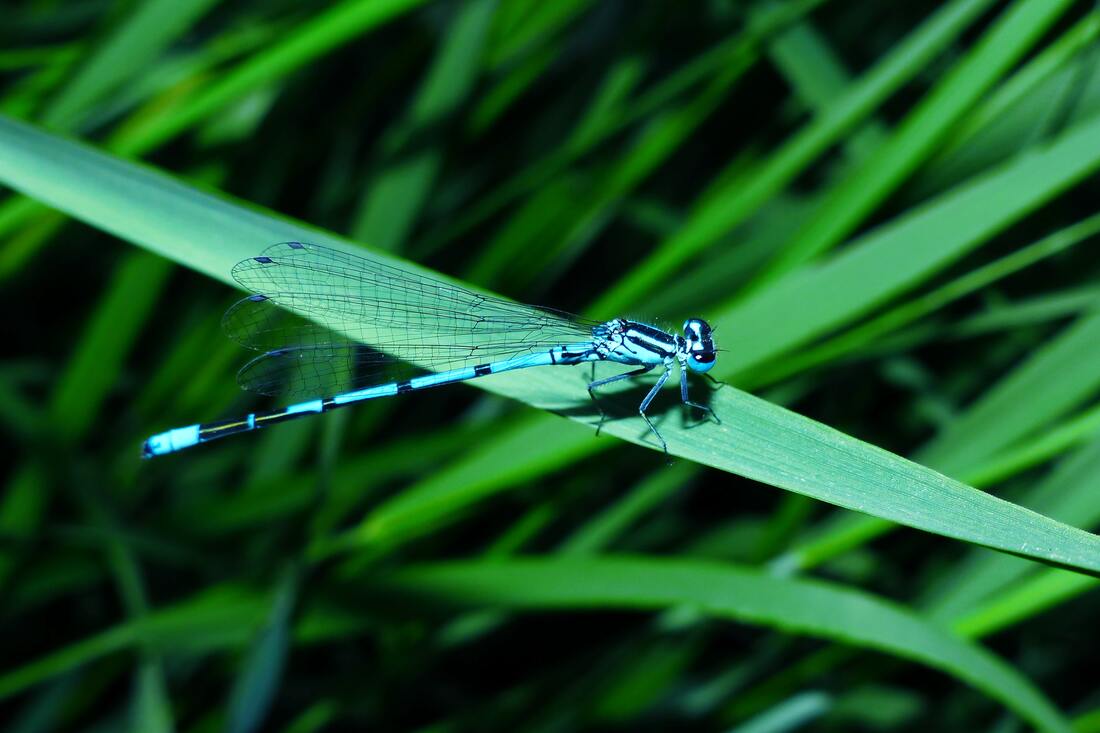|
Pet Waste Management
Does your pet poop? Of course he does! Do you always pick it up? We hope you do! This month, we talk about how pet waste negatively impacts the quality of our public health/local waters and what you can do to help. According to the U.S. Environmental Protection Agency, pet waste is a leading source of nutrient and bacteria pollution in urban streams and waterways. Scruffy might be cute and cuddly but his poop spreads zoonotic diseases (transmissible to humans) with ingredients like E. Coli, Giardia, Salmonella, Roundworms, Tapeworms, and more. When it rains, pet waste contaminates storm water which eventually makes its way to your local creek or lake. Considering that more than half of Ohio’s residents get their drinking water from surface water sources, it’s important to keep our water as clean as possible. Have you ever noticed your neighborhood pond or retention basin filled with algae? Decomposing pet waste also pollutes water with excess nutrients, causing algae to bloom out of control and harm other aquatic life. Some communities in Warren County have pet waste management ordinances. For example, the City of Lebanon considers a violation of §505.08 Removal of Dog Excrement (Ord. 6569) a minor misdemeanor and can fine up to $150. Can pet waste be used as fertilizer? Dog poo in its raw form is NOT a fertilizer. Due to a high-protein diet, dog poop is acidic and will kill your lawn and plants. However, a 2005 study by the USDA and Fairbanks Soil & Water Conservation District found that dog waste from healthy individuals is a safe mulch or soil additive for landscaping (NOT for human consumption) when composted properly. The process involves mixing waste with carbon-rich materials, paying attention to air flow and moisture, and maintaining a temperature of at least 145°F for several days. Please note- “Cats may carry parasites that are harmful to human fetuses. We do not recommend adding cat waste or cat litter to your compost.” Pro-Tips
Thanks for being a responsible pet owner!
0 Comments
We hate to be the bearers of bad news, but the end of summer is quickly approaching. While that means pumpkin spiced lattes, football, and changing leaves are all around the corner, it might also mean you are thinking about closing your pool for the season. There are several things you should consider when preparing for the end of the season to help protect the natural resources and infrastructure in your area. Draining Pool Water 101 1. Make Sure Pool Water is Chemical-Free Before Draining Let pool water stand for a week (7 days) without adding any additional chemicals. This allows for chlorine to dissipate from the water. The pH range should be between 6.5 and 8.0 and residual chlorine/bromine needs to be less than 1.0 mg/l (ppm) before discharging. You can use a home test kit or strips to verify levels. Before draining, also clear as much sediment, debris, leaves, etc. from the pool water as you can. Note: Any pool chemicals, pool filter backwash, and saltwater pool discharges are prohibited from being discharged in stormwater systems and drainage channels leading to steams. Water that is conveyed through stormwater systems is not treated prior to being discharged into natural waterways. 2. Be Mindful of Where You are Draining Once pool water is free of all chemicals, the water should be discharged over landscaped area, lawns, or woods. These areas soak up water better than bare soils and helps to prevent erosion and sediment runoff. This practice also prevents picking up additional contaminants off hard surfaces like roadways or sidewalks. Be sure to keep the discharges on your property to prevent hardship to any neighbors. 3. Do Not Drain Everything at Once Rather than a fast moving, concentrated stream, the best practice is to drain the water slowly over a few days to allow for the absorption of water into the ground. Spreading the water out over an area can also help to prevent erosion from the discharge. If draining from a hose, move the hose around to prevent continued saturation in one area. 4. Do Not Drain Pool Directly into Septic System This can overwhelm the system and cause failures. Failed septic systems can discharge waste that has not been properly treated and pollute stormwater systems and natural waterways as well. Photo Credit: Virginia Sea Grant Bonus Tip to Protect Your Natural Waterways :
Make sure your pool chemicals are stored in labeled and lidded containers in a secure and dry storage area. Make sure that you are disposing any leftover chemicals or storage containers according to the direction on the container. For more information on proper pool closure, contact our office at 513.695.1337 In Warren County, Ohio storm drains and yard drains lead directly to creeks and drinking water reservoirs with no treatment. Water conditioners, chlorine, bromine, algaecides, biocides, stabilizers, salts and other chemicals used in pool and spa water are toxic to fish and other aquatic life and disrupt the natural balance within waterways.
Pool chemicals are prohibited by law from being discharged into storm drains or waterways. Allowable discharges include dechlorinated pool water that has no trace of chemicals. Pool filter backwash or saltwater pool discharges are prohibited in storm drains and drainage channels leading to streams. How to Properly Drain Pool/Spa Water
The community you live in may have more stringent requirements under local laws for swimming pool discharges. Therefore, it is important that you also check with your community to determine what requirements they may have in place. For questions regarding Warren County Soil and Water Conservation District programs and/or technical assistance on water or soil questions, visit http://warrenswcd.com or call, 513-695-1337. Photo by Markus Spiske on Unsplash A straw for your soft drink, a candy bar wrapper, a plastic bag to carry groceries: taken individually they seem undamaging but together they are overwhelming our natural systems. Since the 1950s, the production of plastics has outpaced other materials. Many of the plastics that are produced are meant to be thrown away after just one use. These include items such as grocery bags, food packaging, bottles, straws, containers, cups, cutlery, etc. According to the US EPA, in 2018 landfills received 27 million tons of plastic. Most plastics do not biodegrade. Instead they slowly break down into smaller fragments known as microplastics. Plastic waste causes a plethora of problems when it leaks into the environment. Plastic bags can block waterways and exacerbate natural disasters. By clogging sewers and providing breeding grounds for mosquitoes and pests, plastic bags can increase the transmission of vector-borne diseases like malaria. High concentrations of plastic materials, particularly plastic bags, have been found blocking the airways and stomachs of hundreds of species. Plastic bags are often ingested by turtles and dolphins who mistake them for food. There is evidence that the toxic chemicals added during the manufacturing of plastic transfer to animal tissue, eventually entering the human food chain. Making small changes to reduce plastic in our everyday lives can help the plastic situation. Here are some ways that you can help reduce your consumption of plastics in your household:
When you cannot eliminate plastic completely, make sure to recycle plastic when you are finished with it. Many options exist for recycling materials either through your municipality or other organizations. From terracycling wrappers to recycling specialty plastics, make sure to contact your local solid waste district to find out local recycling options. For Warren County residents, you can contact Warren County Solid Waste District at 513.695.1209, or visit https://www.co.warren.oh.us/solidwaste/
Did you know that Ohio has a diverse population of dragonflies and damselflies? According to Ohio Department of Natural Resources, Ohio has approximately 164 recorded species. Their brilliant colors and striking markings make them very fun to watch. The immature stages of all species are aquatic, and these animals are found in lakes, rivers, ponds, and streams throughout Ohio. Although many dragonflies and damselflies are prevalent, 13 species in Ohio are listed as endangered. These amazing creatures are indicators of excellent water quality and serve as barometers of the health of our waterways.
The family Odonata, which includes both the dragonfly and damselfly, has an amazing life cycle. According to Ohio Department of Natural Resources, “adults live a few weeks to a few months. The adults exist to reproduce and serve as great predators of insects such as mosquitoes and flies.” “Mating dragonflies are referred to as being in tandem, and they couple together using specialized clamp-like structures. When transferring sperm, the pair assumes a ring-like position called the wheel position; somewhat suggestive of a valentine heart. Soon after mating, the adult female places her eggs into an appropriate substrate in a process called ovipositing. Depending upon the species, eggs might be deposited into water, saturated soil, on aquatic plants, or even drilled into plants or wet wood. From the eggs hatch larvae, which are sometimes called nymphs. These larvae are highly predatory, and are completely aquatic. In some species, larvae may take four years to reach the point of transformation into adults – far longer than the adult will live. When the larva is ready to transform to an adult, it crawls from the water and climbs onto adjacent plants. In an amazing metamorphosis, an adult dragonfly bursts from the shell of the larva.” It is easy to tell the two apart. Damselflies have slender wings held over their back when at rest while the dragonfly has broader wings held outstretched at rest. Both species can be seen throughout the summer months near unpolluted water bodies such as rivers, streams, lakes, marshes, swamps, bogs, fens, or even temporary rain-pools. Dragonflies and damselflies are among the only species that can fly in any direction (forward, backwards, and any other direction). These predators can change directions at lightning speeds to hunt for food – making them one of the most skillful aerial creatures. Warren County Soil and Water recognizes the importance of the Odonata species, that’s why we have adopted Dagmar the dragonfly as our new education mascot! Dagmar can be seen at local events throughout the County in the Summer of 2021! For more questions regarding Warren County Soil and Water Conservation District programs and/or technical assistance on water or soil questions, visit http://warrenswcd.com or call, 513-695-1337. Additional Resources:
|
Details
Warren County SWCD Staff BlogA blog to keep you informed on all the latest news at Warren County SWCD and in the conservation world. Archives
May 2024
Categories
All
|
|
|
Contact:PHONE: (513) 695 - 1337
EMAIL: [email protected] HOURS: Monday - Friday 7:30am - 4:00pm (except holidays) Connect:Warren County Soil & Water Conservation District Copyright © 2016
Warren SWCD Privacy Notice. Emails are serviced by Constant Contact. Constant Contact's Privacy Notice. |

